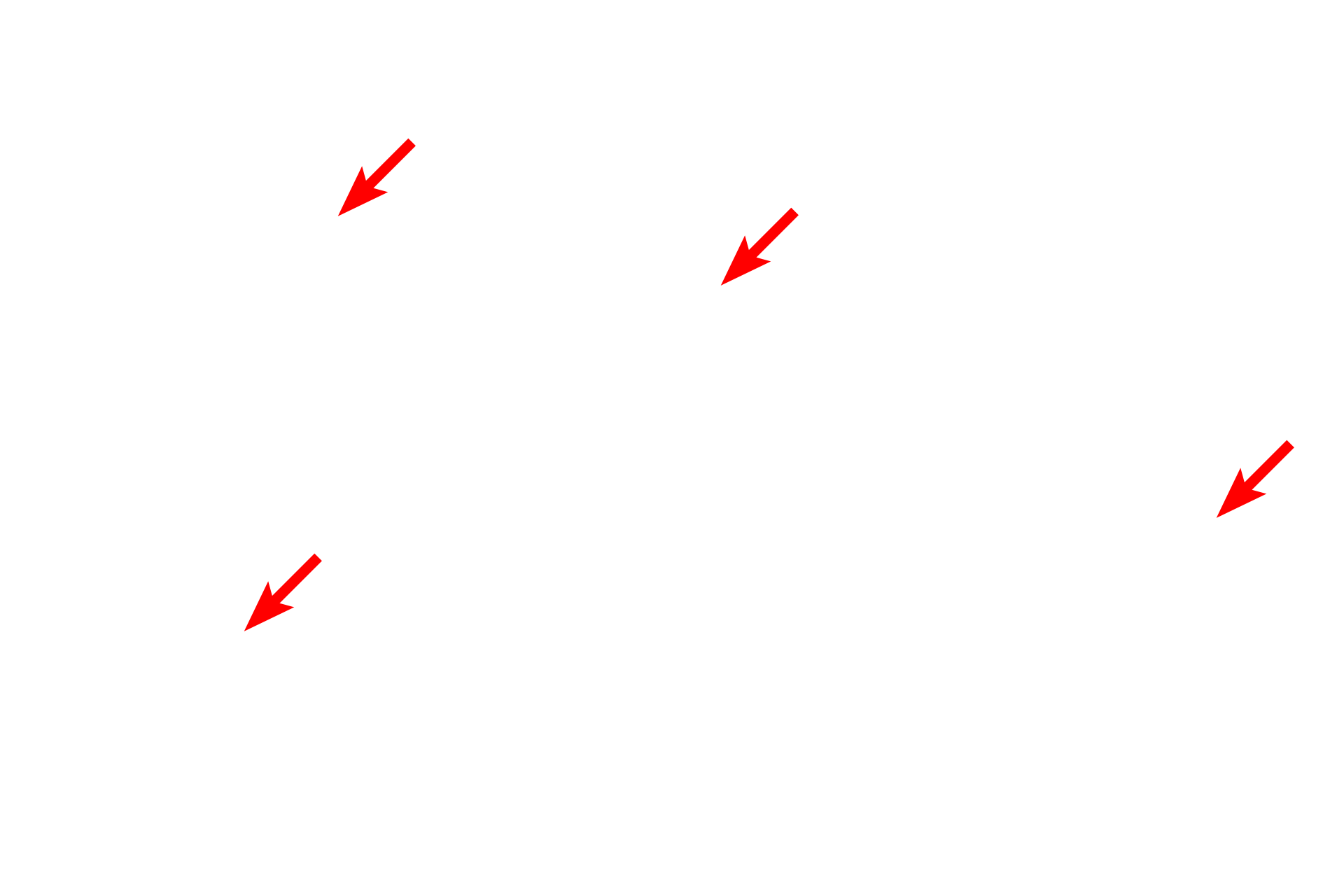
Toluidine blue
Toluidine blue is also a conventional stain. It is a blue-colored basic dye and, like hematoxylin, has a high affinity for negatively charged components of tissue. This stain is often used as a quick stain for frozen sections as well as plastic, resin-embedded tissue sections. Peripheral nerve 1000x

Nuclei
Toluidine blue is also a conventional stain. It is a blue-colored basic dye and, like hematoxylin, has a high affinity for negatively charged components of tissue. This stain is often used as a quick stain for frozen sections as well as plastic, resin-embedded tissue sections. Peripheral nerve 1000x

Blood vessel
Toluidine blue is also a conventional stain. It is a blue-colored basic dye and, like hematoxylin, has a high affinity for negatively charged components of tissue. This stain is often used as a quick stain for frozen sections as well as plastic, resin-embedded tissue sections. Peripheral nerve 1000x

Axons
Toluidine blue is also a conventional stain. It is a blue-colored basic dye and, like hematoxylin, has a high affinity for negatively charged components of tissue. This stain is often used as a quick stain for frozen sections as well as plastic, resin-embedded tissue sections. Peripheral nerve 1000x

Myelin
Toluidine blue is also a conventional stain. It is a blue-colored basic dye and, like hematoxylin, has a high affinity for negatively charged components of tissue. This stain is often used as a quick stain for frozen sections as well as plastic, resin-embedded tissue sections. Peripheral nerve 1000x

Metachromasia (Mast cells) >
Metachromasia results when toluidine blue, a basic dye, binds to structures with abundant polyanions (negatively charged molecules). Due to the high density of the negative charges, the dye molecules are bound in close proximity and form aggregates with different absorptive properties from the single dye molecule. The secretory granules in these mast cells demonstrate metachromasia, staining magenta, not blue, indicating the high charge density of their contents (proteoglycans).